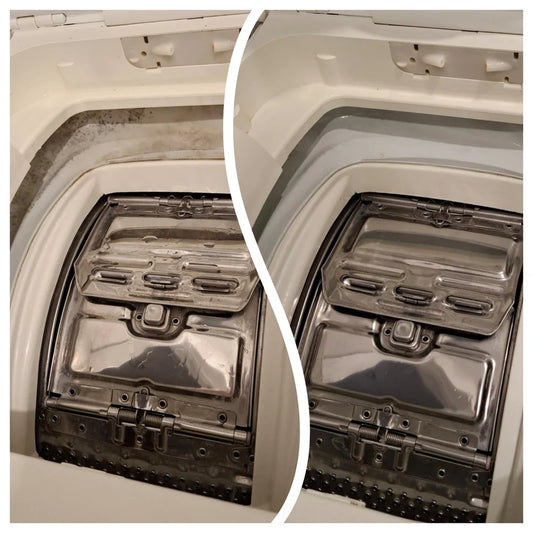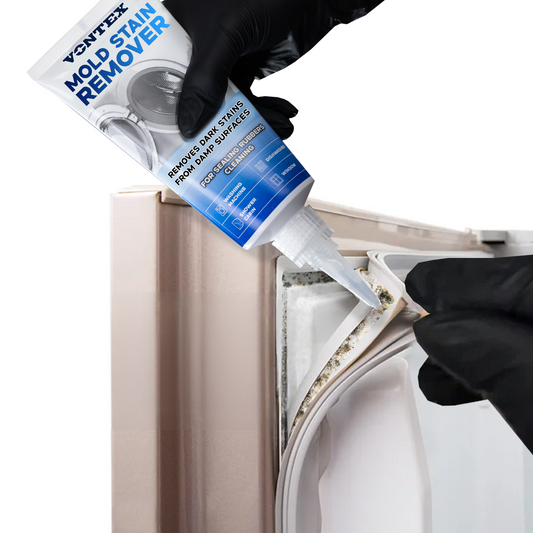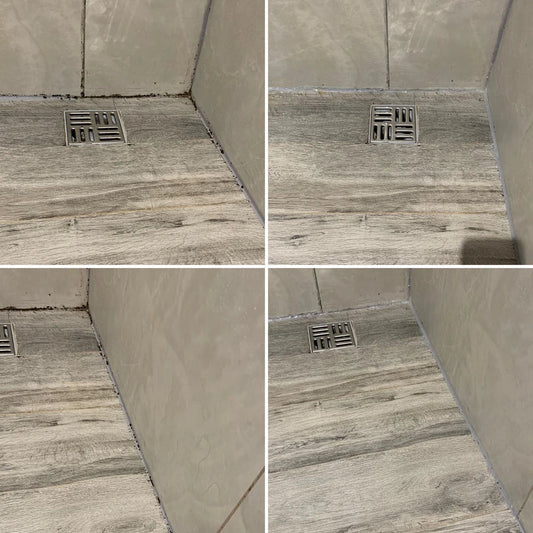The Role of Humidity in Household Stains and How to Control It
Share
Humidity is an invisible factor that affects nearly every home, and yet it’s often ignored. Too much moisture in the air not only makes rooms feel uncomfortable but also plays a huge role in visible stains and buildup.
The main sources of indoor humidity are showers, cooking, drying laundry indoors, and even breathing in small, enclosed spaces. When humidity rises above 60%, surfaces start to absorb that moisture. Over time, this leads to streaks, discoloration, and other unwanted marks.
The first step in controlling humidity is knowing your home’s levels. Hygrometers are inexpensive tools that measure indoor moisture. Ideally, humidity should stay between 40–50%. If it’s consistently higher, consider using a dehumidifier, especially in bathrooms, basements, or kitchens.
Simple lifestyle changes also help. Cover pots while cooking, hang laundry outside when possible, and always let fresh air circulate. Air conditioning systems also naturally lower humidity, so keeping filters clean and systems maintained makes them more effective.
Managing humidity isn’t just about protecting surfaces—it improves overall air quality and comfort. A dry, well-balanced home means fewer stains, fewer problems, and a more pleasant space to live in.



